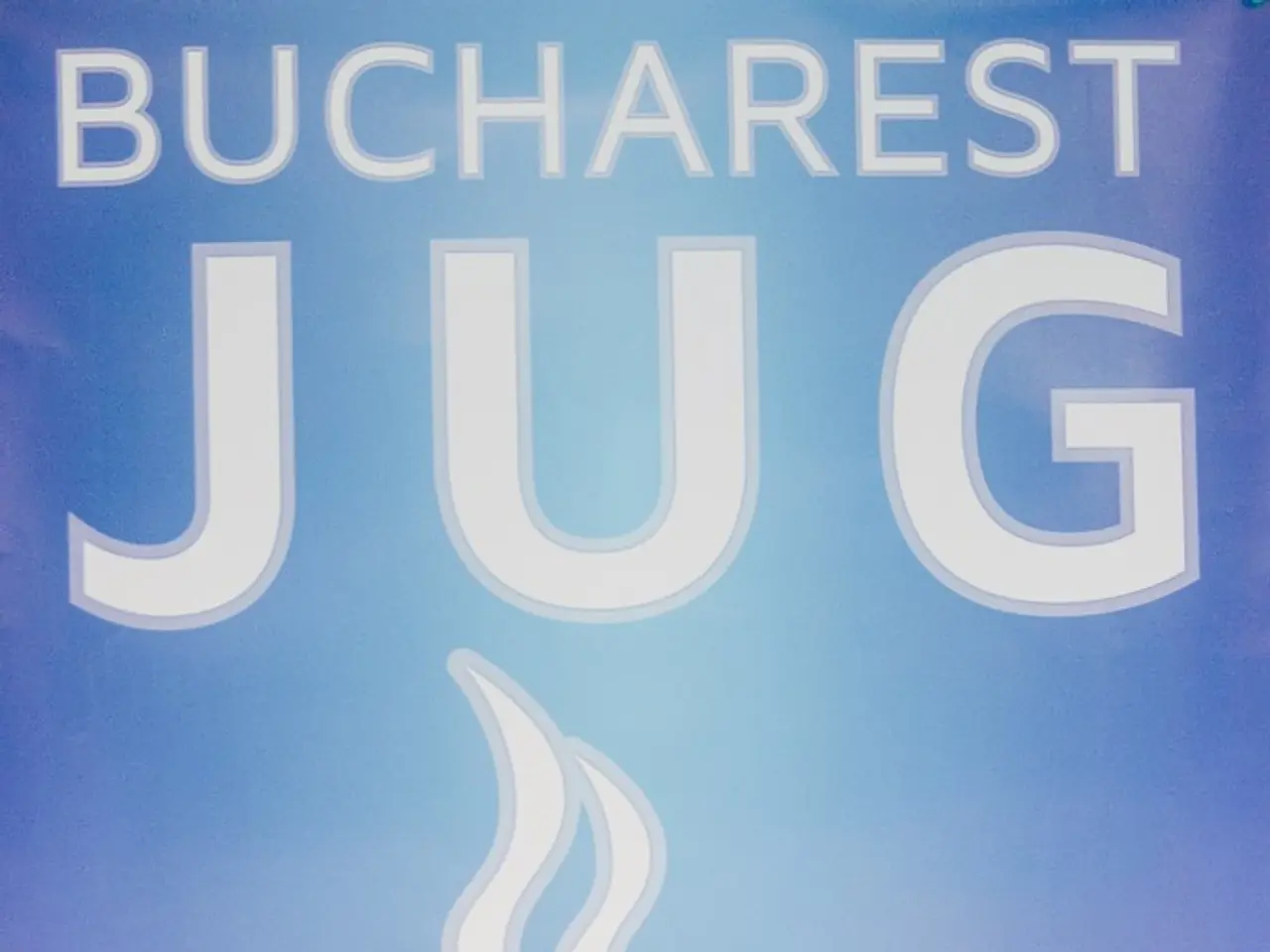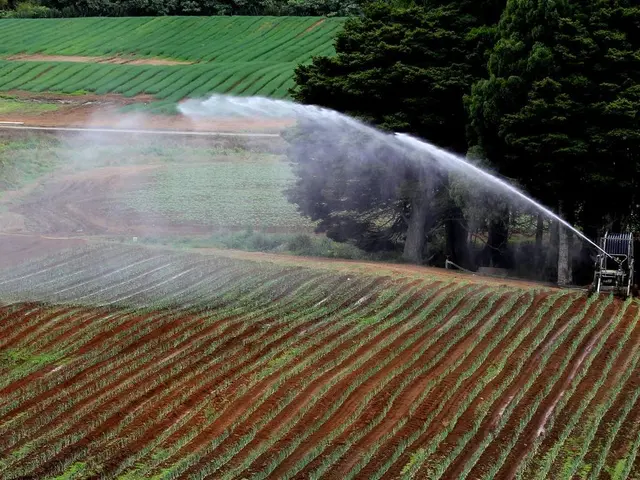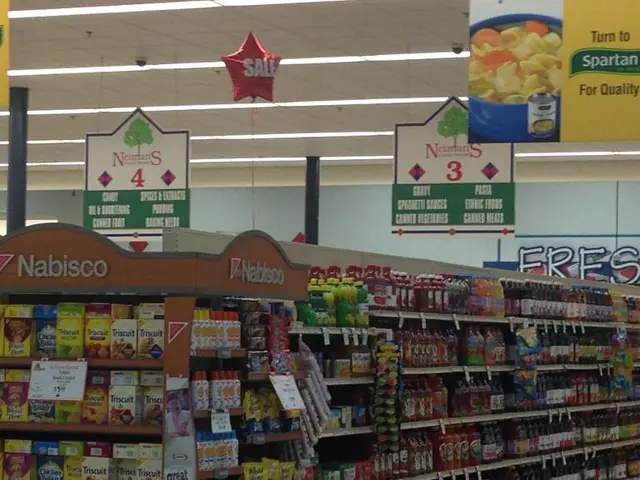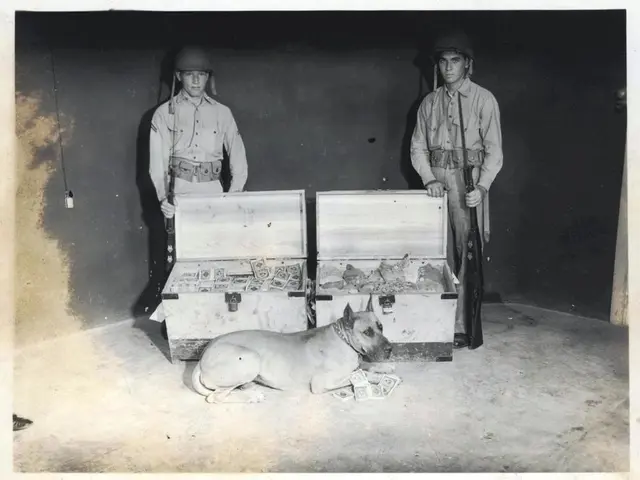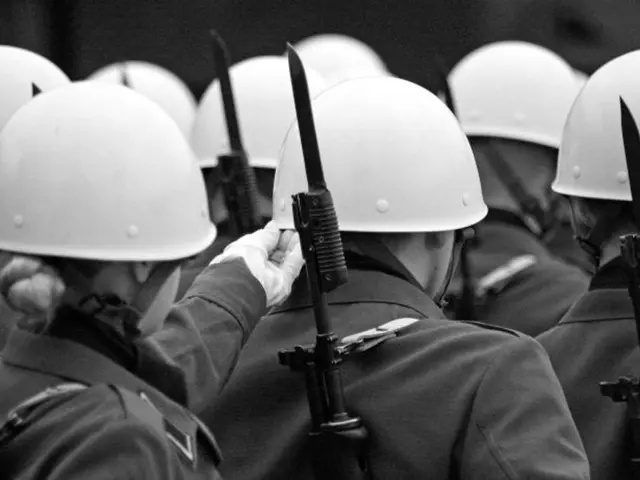Akazawa Advocates for Immediate Reduction of U.S. Auto Tariff
U.S.-Japan Trade Deal: Tariff Reduction Partially Implemented, Formal Document Pending
The U.S.-Japan trade deal, announced last month, has seen a partial implementation of the tariff reduction for Japanese imports. The agreement, which aims to benefit both countries, has been partially enacted, but lacks formalized, signed documentation.
According to the deal, the tariff for Japanese auto parts imported to the United States has been lowered to 15%, down from a previously imposed 27.5%. This reduction includes the existing baseline U.S. tariff of 2.5% and replaces the additional 25% industry-specific tariff imposed earlier.
The meeting between Japanese Economic Revitalization Minister Ryosei Akazawa and U.S. Commerce Secretary Howard Lutnick in Washington on August 6 reaffirmed their commitment to the agreement. Akazawa, who is Japan's chief negotiator for tariff talks with the United States, urged Lutnick to put the agreement in place swiftly and asked the U.S. side to issue an executive order at an early date to cut the tariff as agreed under the deal.
Despite the public announcement of the agreement on July 23, Japanese officials sought written confirmation from the U.S. government about the tariff cut to avoid ambiguity and potential stacking of tariffs given other simultaneous tariff increases by the U.S. The lack of a signed joint statement or executive order with clear enforcement timelines has caused political backlash in Japan and uncertainty for automotive dealers and supply chains reliant on stable tariff structures.
Official tariff reductions for reciprocating countries, including Japan, were delayed until August 7, 2025, per U.S. tariff tracking data, suggesting formal implementation processes were still underway as of early August. The Japanese government issued a statement regarding the importance of the Japan-U.S. agreement and confirmed the importance of working to benefit both countries under the deal.
The agreement between the U.S. and Japan covers all imports, not just automotive. As part of the deal, Japan is committing $550 billion in new investments in the U.S. economy, which is linked to the tariff concessions.
The executive order to reduce automotive tariffs on Japanese imports to the U.S. as agreed in the recent U.S.-Japan trade deal is currently in a state of partial implementation but lacks formalized, signed documentation. Japan is pressing the U.S. for formalization and a clear implementation timeline to provide certainty to markets and stakeholders.
[1] [Source 1] [2] [Source 2] [3] [Source 3] [4] [Source 4] [5] [Source 5]
The executive order to reduce automotive tariffs on Japanese imports, as agreed in the U.S.-Japan trade deal, is currently in a state of partial implementation but lacks formalized, signed documentation. Concurrently, Japan is seeking investments within the U.S. economy, amounting to $550 billion, which is linked to the tariff concessions under the deal, making the financial industry and the aerospace sector potential beneficiaries of increased Japanese investments in these areas, as the arts and photography industry might also experience growth due to the removal of trade barriers between the two nations.
